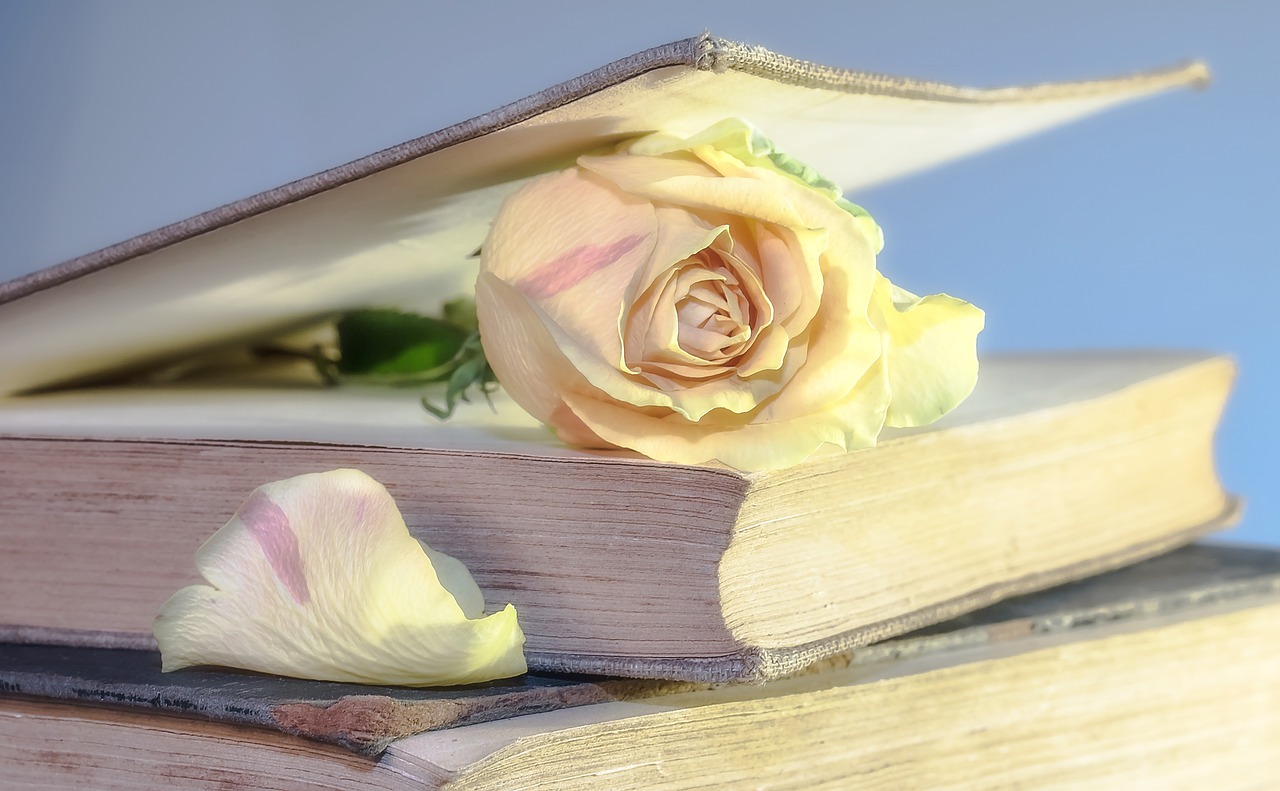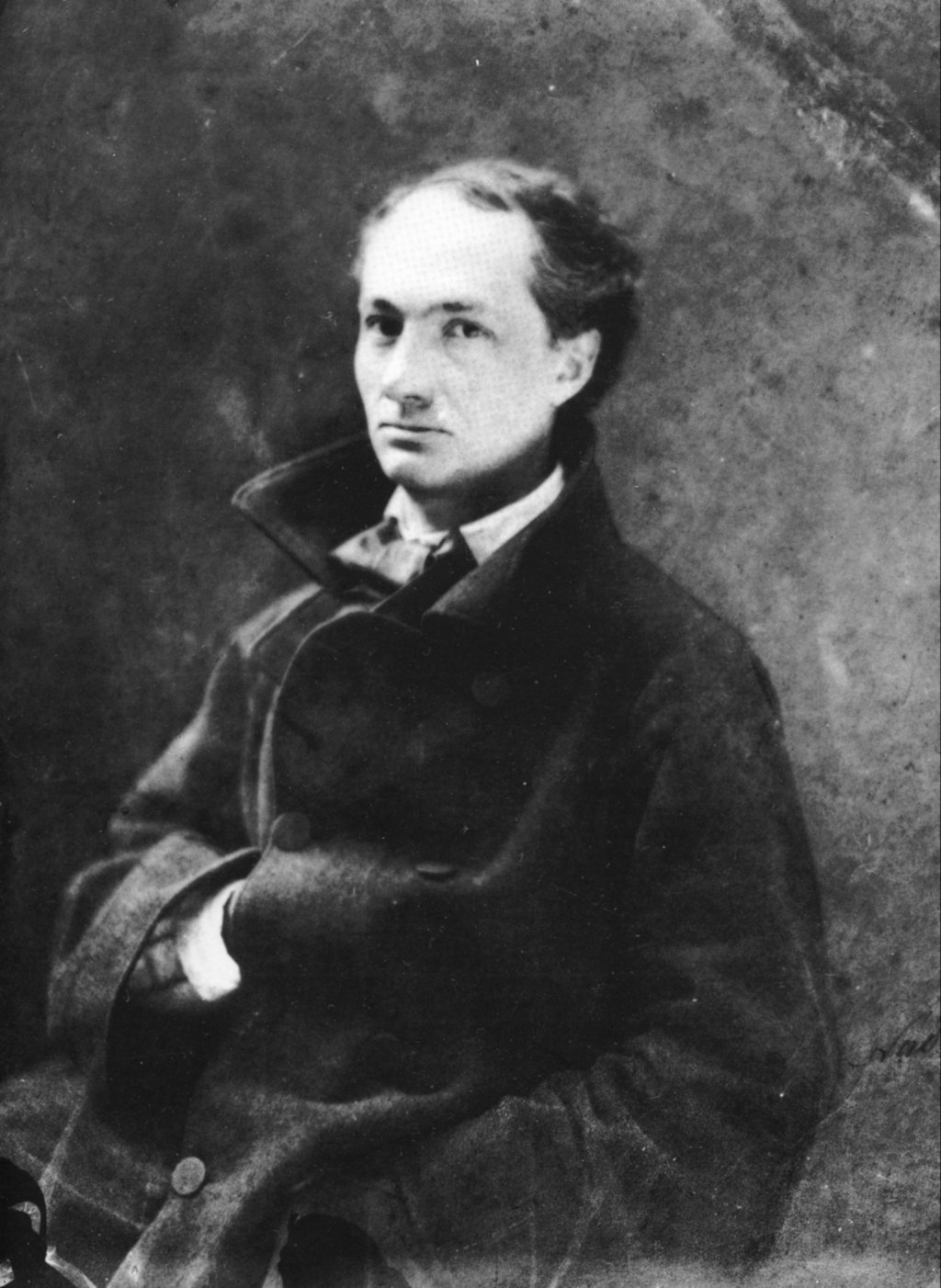First Part of a Series with Poems from Charles Baudelaires Collection of Poetry Les Fleurs du mal (The Flowers of Evil)
The life of the French poet Charles Baudelaire was marked by numerous vicissitudes, some of which were already inherent in his difficult youth. This is also evident in his poem L’ennemi (The Enemy).
A Pioneer of Modern Poetry
Charles Baudelaire, born on April 9, 1821, is considered one of the pioneers of modern poetry due to the new subjects and means of representation he introduced into poetry. In addition, his penchant for doomsday moods and the inclusion of the darker sides of human life in his poetry prove him to be a forerunner of later Décadence literature. His life corresponds to this as well, confirming the clichés of the misunderstood, impoverished genius who died at an early age.
Biographical Background
Baudelaire was not yet six years old when he lost his father. When his mother remarried a year and a half later, Baudelaire was given a stepfather who rose up the military ladder to the rank of a brigadier general and also achieved ambassadorial and senatorial honours. Consequently, he demanded the same discipline in his stepson’s education to which he himself attributed his successes.
Baudelaire, however, had other interests. At the age of 15, he won a poetry competition (for works in Latin). At 18, he was expelled from school for behavioural problems and had to prepare externally for his school-leaving exams (which he nevertheless passed). He quickly squandered his father’s inheritance of 100,000 Gold Francs, which he had received on reaching the age of majority. Two years later, the family put him under guardianship and only paid him monthly alimony. As a result, Baudelaire suffered from a chronic lack of money. In 1845, under pressure from his creditors, he even thought of committing suicide. In 1862, a creditor brought about a warrant for his arrest, which Baudelaire was only able to avoid by fleeing to Belgium.
Since 1842, Baudelaire had an extremely „dynamic“ relationship with the Haitian-born actress and dancer Jeanne Duval. The couple separated several times, just as often resulting in tearful reconciliations. At the same time, Baudelaire also had several other love affairs. This is presumably the cause of his illness with syphilis, from which he died in 1867 at the age of only 46.
The Difficult Cultivation of the Garden of Poetry
The melancholy mood of Baudelaire’s poetry is undoubtedly rooted in these biographical facts to some extent. In most of his poems, however, his own emotional pain appears in a sublimated form that relegates the personal to the background.
Similarly, the poem The Enemy can be generally related to the adverse circumstances – both internal and external – against which poetry must stand its ground. More than in other works by Baudelaire, though, the verses also hint at the very personal difficulties he faced on his path as a poet. The poem thus provides evidence that the „flowers“ of poetry did not just fall into his lap. Rather, they appear as the result of a lengthy, often laborious „cultivation“ of the poetic garden.
The Enemy
My youth was nothing but a darkly shining thunderstorm,
with a ray of sunlight passing now and then.
Devastated by thunder and rain, only a few fruits
have reached red ripeness in my garden.
Thus autumn tinted my mind,
and I had to reach for shovel and rake,
so that the earth, hollowed out by grave-sized holes
from the flood, might gather anew in my garden.
But who knows if the flowers I dream of
will ever draw from the sandy soil
the secret strength to grow?
Oh pain! Oh pain! Time eats up all life,
and the sinister enemy that gnaws at our hearts
grows and prospers from the blood we lose.
Charles Baudelaire: L’ennemi; from: Les Fleurs du mal (The Flowers of Evil; 1857), p. 101. Paris 1868: Michel Lévy Frères (Œuvres complètes / Complete works, vol. 1, ed. by Charles Asselineau and Théodore de Banville)
Musical setting:
Léo Ferré: L’ennemi (from Les fleurs du mal – suite et fin; released posthumously in 2008)
Image: Charles Baudelaire, photographed by Félix Nadar (1855); Wikimedia commons


Hinterlasse einen Kommentar